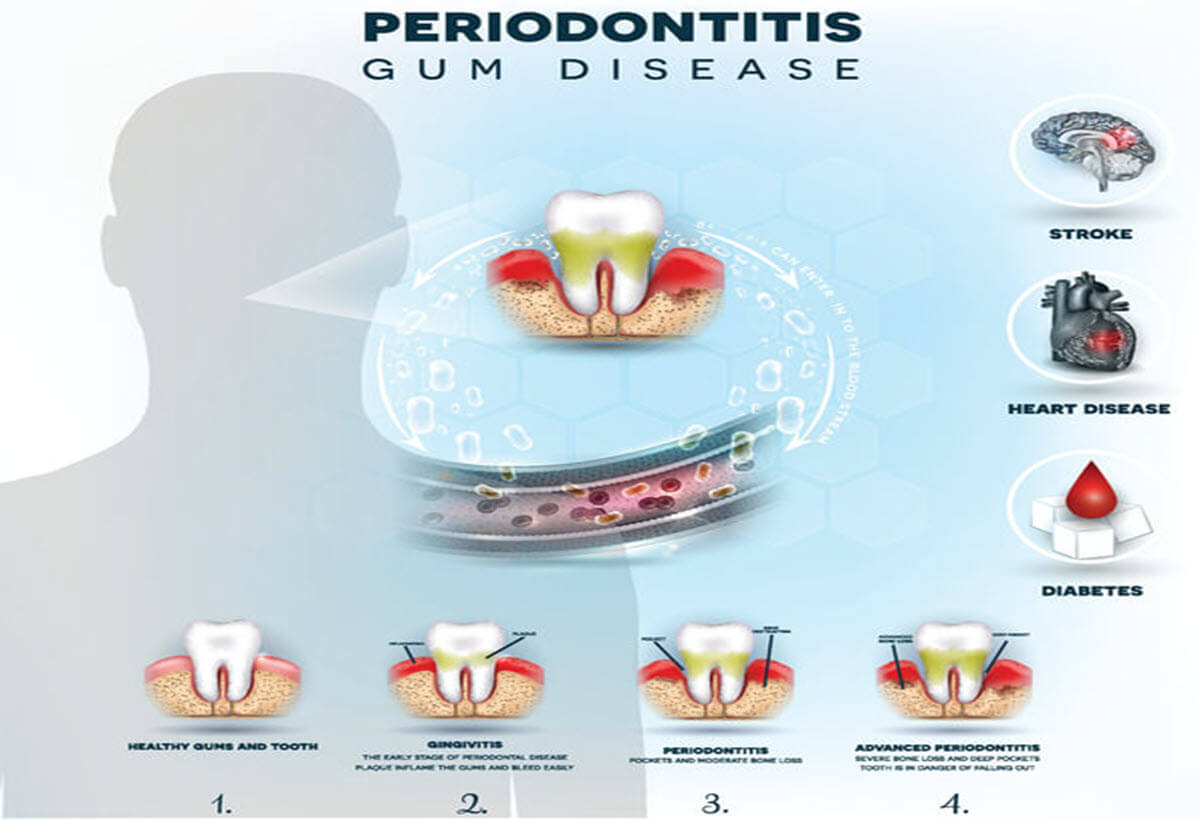In the last decades, laser therapy has been proposed as an alternative to therapy, due to its capability to obtain tissue ablation, hemostatic, bactericidal and detoxification effects against periodontal pathogens. Lasers have been approved by the FDA but not endorsed by the American Academy of Periodontology. Among the different types of laser, Er:YAG (erbium-doped: yttrium-aluminum-garnet) appears to be the most suitable to be used for periodontal treatment.
Despite in vitro studies (Tweak et al. 1994, Wilder-Smith 1995, Israel 1997), that have demonstrated its ability to create a surface that suggests biocompatibility for soft tissue attachment, few clinical trials have been conducted until now evaluating the clinical outcomes of Er:YAG laser in mechanical periodontal treatment.
A recent systematic review (Schwartz 2008) suggests that the Er:YAG application in non-surgical periodontal therapy was comparable with non-surgical mechanical debridement. However due to the high heterogeneity of the studies, a meta-analysis could not be formed. Therefore their conclusions were based on a simple narrative synthesis.
Henceforth, The Sixth European Workshop on Periodontitis (Sanz 2008) highly recommended a well designed randomized controlled clinical trial with a large population design to further evaluate the efficacy of Er:YAG laser treatment compared with traditional mechanical debridement.
A recent article; Lack of adjunctive benefit of the Er:YAG laser in non-surgical periodontal treatment: a randomized split mouth clinical trial- Rotundo, R J Clin Perio 2010, took up such a task. This is the first study to evaluate Er:YAG laser treatment using the highest standard in study design. The CONSORT design (Consolidated Standards of Reporting Trials) was dictated due to the controversial results of laser treatment. This study design shows the greatest transparency in reporting randomized controlled studies.
The study compared four modalities of non surgical therapy: supra-gingival debridement, scaling and rooot planing (SRP) + Er:YAG laser, Er:YAG laser, and SRP. Clinical outcomes were evaluated at 3 and 6 months.
This study concluded that there are benefits and disadvantages of using the Er:YAG laser treatment. The main advantage is that it shows a similar clinical attachment gain value to the one reported by the SRP approach, it does not cause significant discomfort for the patient and it it is less time consuming than the other treatments.
However, Er:YAG laser efficacy was similar to the supra-gingival scaling, while the SRP approach resulted in a statistically greater efficacy than the supra-gingival scaling. This means when comparing the results from 3 to 6 months, the Er:YAG laser had an appreciable loss in attachment, similar to supra-gingival scaling, whereas SRP maintained the attachment gain. The results also show that when the laser is used along with SRP, it does not provide a further adjunctive benefit with respect to SRP alone.
